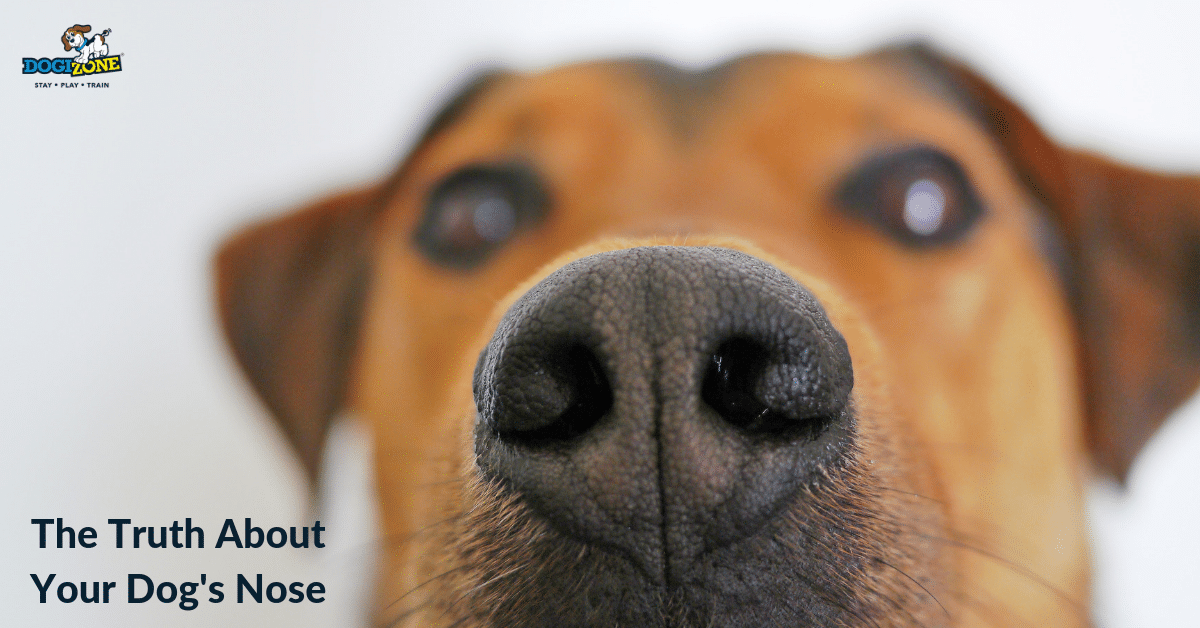The Truth About Your Dog’s Nose

Today, dogs are used in a wide range of different types of jobs, offering superior performance to both people and machines. One of these areas where dogs really excel is in locating items by scent. Dogs, and their ancestors the wolves, have long used their sense of smell for hunting wild game, but now their natural ability is being put to a very different use.
Most people are familiar with dogs trained to sniff out drugs and narcotics, but there are also dogs that are trained to sniff out bombs, specific types of chemicals, cell phones in prisons, and even to sniff out bedbug problems.
There is also an increasing number of dogs used to assist humans with disabilities through their sense of smell. Dogs can be trained to detect cancer, diabetes and even seizures and migraines and alert their owners before their owners even know there is a problem. In new types of training, people with life-threatening allergies can be paired with a highly trained dog who is able to detect extremely minuscule amounts of the allergen, helping the human to avoid any contact or any problematic environments.
How it Works
The dog’s nose is designed for two purposes, unlike the human nose which is primarily designed for breathing. When you breathe in, both nostrils work together to both bring in the air for oxygen as well as detect any odors.
When a dog breathes in, both nostrils test the air for scents. This is done through a specific organ, called the Jacobson’s organ or the vomeronasal organ. People do not have this organ at all, which limits our ability to detect scents compared to that of the dog.
Located at the back and bottom of the nasal passages, the Jacobson’s organ actually receives some of the inhaled air with each breath, while the rest of the air goes into the respiratory system. This organ allows the dog to have a sense of smell that is between 10,000 and 100, 000 times better than a person’s sense of smell.
There is also the factor of the number of receptors for scents the dog has in his or her nose. A typical person has about 6 million of these tiny receptors in the nose, while the average dog has about 300 million.
The brain structure of the dog and the human is also different when it comes to deciphering odors. For the canine, this olfactory area of the brain is almost 40 times larger than for humans, and it is exclusively used for scent, while humans also use the same area for storing emotions and other sensory input.
To add to the talent level of canines, some dogs have been bred to enhance this ability. These including the hunting dogs from the Pointers and Hounds through to Beagles, German Shepherds, and even the Labs, although any breed or mixed breed of dog can be a gifted scent dog.
Speaking of your dog’s nose, we have a brand new Scent Work Course. This class is designed for pet owners to have fun with exercising their dog through their natural ability of scent detection. The same type of scent detection that the military and police departments are training. The exception is it does not involve narcotics or bomb odors. It’s a fun sport that doesn’t require obedience, just the ability for your dog to use his nose. It’s a great way for your dog to burn off energy and stimulate his mind while having fun.
Contact us to sign up!
Comment on our social media pages. Facebook, Twitter & Instagram.

